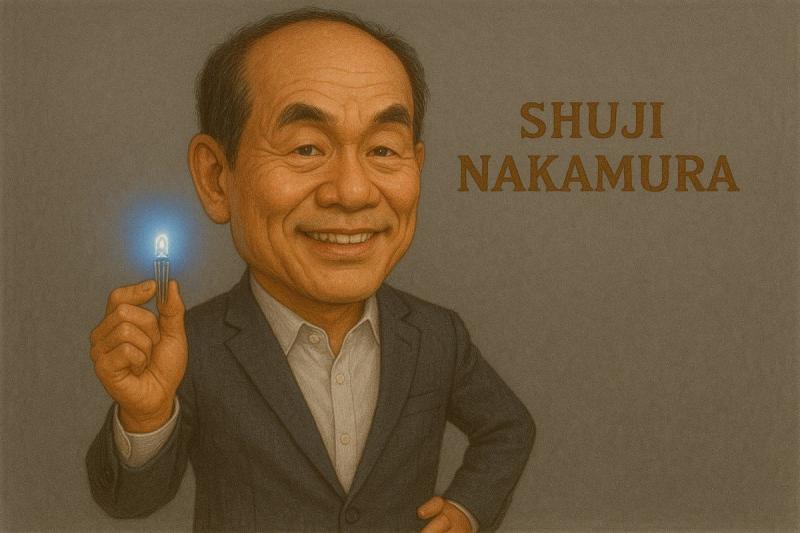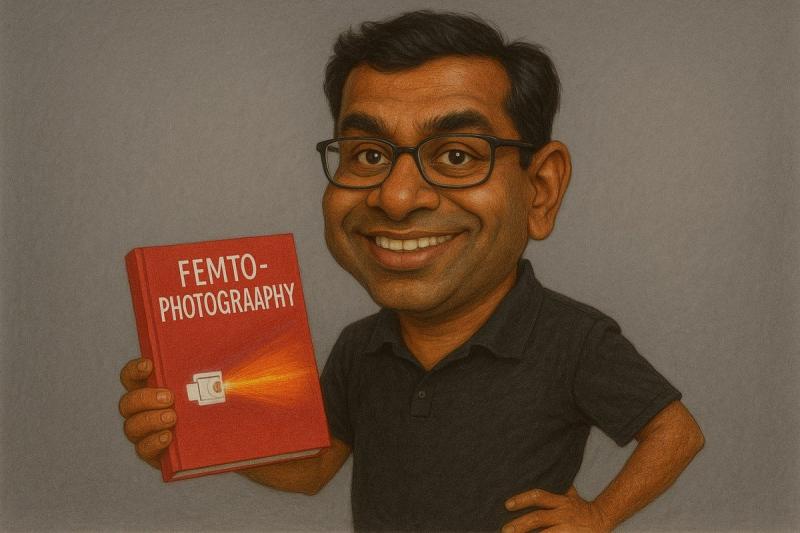Garrett Morgan: The Man Who Put Safety First—And Red, Yellow, Green on the Map
Meet Garrett Morgan. Never heard the name? Don’t worry, you’re not alone—and that’s a shame. While most of us wait for the light to turn green, hardly anyone stops to think about the Black inventor who actually made “waiting for green” possible. And that’s just the opening chapter.
As a journalist who’s waded through tech expos and antique gadget collections (with more than a few nostalgic sighs at manual signaling), Morgan’s work pops up time and again—usually wherever people care about, well, not crashing into each other in a hurry, or about keeping workers breathing in places where the air’s best described as “hazardous on toast.”
Who Was Garrett Morgan?
Garrett Morgan wasn’t born with a silver spoon. The son of formerly enslaved parents, he set out from Kentucky to Cleveland with little more than grit and an overdeveloped curiosity. He tinkered, fixed, built, broke, and re-made. The city was growing, and so was the chaos on its streets—and inside its factories.
He just couldn’t stand to watch people getting hurt if there was a way to keep them safe.
Scientific Achievement: When Green, Yellow and Red Made Sense
Before Morgan, city traffic was, shall we say, more art than science. There was “go,” and then abruptly—sometimes fatally—“stop.” Morgan, after seeing an accident at a busy intersection, thought, “Hang on. How about if there’s a warning? A sort of ‘get ready’—not just ‘all or nothing?’”
And in 1923, Morgan patented a three-position traffic signal. Unlike earlier two-lamp devices, Morgan’s version introduced the all-important “caution” phase: a middle position signaling to drivers, “Don’t go yet—but get set.” It’s the traffic light that lets you complain about the length of a red instead of shuddering at the screech of metal and glass.
His design? Simple enough that it didn’t rely on electricity alone, and could be operated in all sorts of weather. This meant any city—no matter how broke or bustling—could afford a Morgan traffic signal. Look next time you see toy kits like Snap Circuits STEM Labs, which often feature replica traffic lights. Guess where the idea sprouted.
Of course, today’s smart lights—those programmable wonders in cities like Mumbai and Bengaluru—owe much to the humble logic he brought to intersections.
Commercial Impact: The Marvel of Morgan’s Gas Mask
But Morgan wasn’t done. Urban life was moving up and out, but industrial work often meant going down—into tunnels, sewers, and disaster zones thick with smoke. In 1914, he introduced an early version of the gas mask. It used hoses and a simple chemical filter. You could breathe in situations that would otherwise knock you out.
Morgan’s “safety hood” (catchy name, right?) saved workers’ lives in regular use, but its main moment came during the 1916 Lake Erie tunnel disaster in Cleveland. As fire and gas trapped workers underground, rescuers wearing Morgan’s device got them out alive. Sure, he sold the mask by hiring white actors to demonstrate it because of racial prejudice, but in the end, firefighters, miners, and soldiers kept ordering. It worked. Modern devices from the 3M Ultimate FX Full Facepiece to the Safety Gear Pro masks keep echoes of Morgan’s innovations.
As for commercial ripples? The gas mask made its way from Mine Safety Appliances catalogs to generations of young scientists—dig up a Thames & Kosmos Chem C3000 kit, and that “air filter” section traces right back to Morgan.
Today’s Legacy: Still Keeping Us Safe—If a Bit Unsung
Now, is Morgan’s specific traffic light still at the crossroads? No—the design has grown more complicated, sure. He didn’t trademark red-yellow-green (though if he had, imagine the INR crores in licensing). But the system, that pace of movement and pause he started, marches on worldwide.
His breathing apparatus evolved, but the principles still save lives—from gas attacks to wildfires and chemical plants. Take a look at any firefighter’s gear or high-end occupational safety course material like the National Safety Council’s “Advanced Industrial Safety”—Morgan’s fingerprints are all over the diagrams, even if his name isn’t.
It’s a bit rich, isn’t it, that Morgan gets only a page (if that) in so many gadgets and kits, compared to the statue treatment for Edison or Bell? But plucky inventors like him are why the Dr. Eureka Science Speed Logic Game can include mini traffic safety puzzles, or why Code.org’s STEM courseware proudly champions diversity in innovation.
A Few Products You Can Spot Morgan’s Spirit In
- Snap Circuits STEM Labs: Those iconic, color-coded circuits and traffic light builds? Morgan’s legacy in a box.
- 3M Ultimate FX Full Facepiece Respirator: Modern gas masks keep the same purpose—protecting the worker at all costs.
- Thames & Kosmos Chem C3000: Safety equipment highlighted owes its backbone to Morgan’s first drafts.
- Dr. Eureka Science Speed Logic Game: Promotes logical sequencing—right in Morgan’s wheelhouse.
- National Safety Council “Advanced Industrial Safety” course: Courses dealing with hazardous work environments still build on the groundwork laid by Morgan.
- Code.org Computer Science Fundamentals: Emphasizes inclusive invention stories, including Morgan as a real-life example.
Why It Matters—And Why You Should Care
Public safety sounds dry, until you remember every city dweller’s commute, every miner’s shift, and every child’s science kit builds on Morgan’s breakthroughs. Our roads would be a lot less orderly, and many people would’ve never made it out of disaster zones.
Whenever someone complains about waiting at a traffic light, maybe they should remember waiting is better than the alternative. And every time a smoke diver slaps on a facepiece, that's Morgan keeping someone’s lungs working in the worst moment of their lives.
A Final Word—And a Challenge
So yes, most folks breeze past Morgan’s work—literally and figuratively—every single day. It’s time his story rides the green wave.
Pause at the lights, look at your kids tinkering with a basic circuit, or take a tiny breath before entering a dusty storage space. Morgan’s spirit is right there, nudging science and safety forward, with a distinctly human warmth.
Maybe, the next time you see a new kit, gadget, or rescue on the evening news—raise a small toast to the man who made “wait for green” a global habit.
Now, wouldn’t it be fitting if, someday, Morgan himself got the kind of recognition we reserve for inventors whose names are, well, easier to spot at the crossroads?



